I do not think the physics teacher responsible for this properly understands how paperweights are supposed to work.
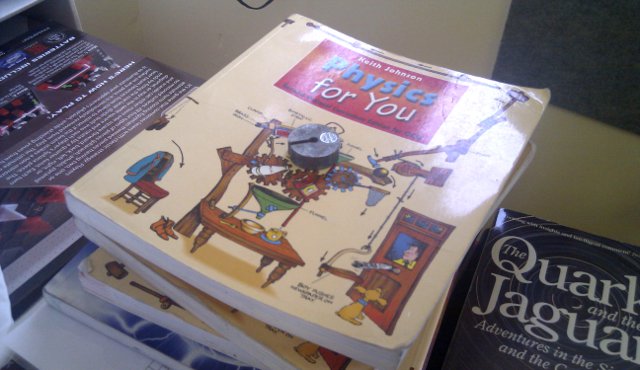
I do not think the physics teacher responsible for this properly understands how paperweights are supposed to work.

Aluminium is a very useful metal; it is the most widely used non-ferrous* metal in the world. It has a very low electrical resistance and a very good strength-to-weight ratio and has therefore found many applications: from packaging in drinks cans and foil wrapping to aeroplane parts and power lines.
Luckily, aluminium is very common, making up about 8% by mass of the Earth’s crust (only silicon and oxygen are more abundant). Unfortunately aluminium is also very reactive so is never found in isolation like gold and silver are, but rather as a compound in one of 270 different minerals.
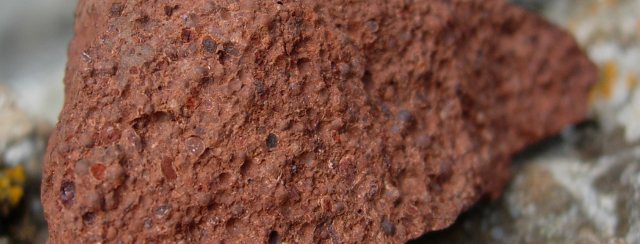
Aluminium is usually produced by extracted from bauxite, an ore made from a mixture of aluminium hydroxide, iron oxide, titanium dioxide and kaolinite.† Because it is so reactive aluminium cannot be extracted economically using chemical processes; instead it is extracted by electrolysis in the Hall-Héroult process.
 A bank of Hall-Héroult cells
A bank of Hall-Héroult cells
The Hall-Héroult process uses a huge amount of electricity; hundreds of thousands of amperes are used in each cell and a single plant may contain hundreds of cells connected in series. According to Alcoa, the world’s largest producer of aluminium, the best smelters use about 13 kilowatt hours (46.8 megajoules) of electrical energy to produce one kilogram of aluminium; the worldwide average is closer to 15 kWh/kg (54 MJ/kg).
Worldwide production of aluminium in 2010 was 41.4 million tonnes. Using the figures above this means that 621 billion kilowatt hours of electrical energy were used in the production of aluminium. To put that in perspective, the total world production of electrical energy was 20261 billion kilowatt hours, meaning that more than 3% of the world’s entire electrical supply went to extraction of aluminium.
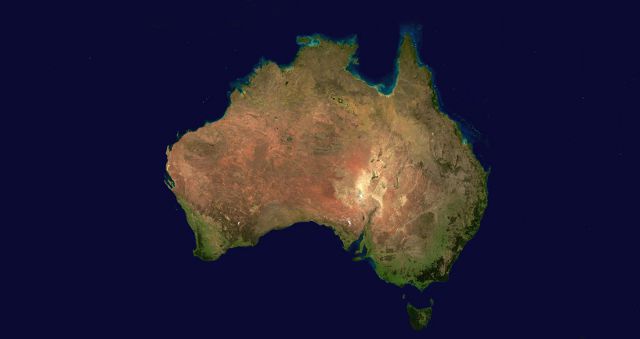
During the same period Australia, one of the world’s largest producers of aluminium‡, produced about two million tonnes of aluminium and 250 billion kilowatt hours of electrical energy; this means that more than 12% of its electrical supply was used to extract aluminium.

The output of the Kárahnjúkar Hydroelectric Plant in Iceland is devoted entirely to the Fjardaál aluminium smelter. There has been a great deal of conflict about the environmental impact that the building of this dam has created. (via @declanfleming.)
* The ferrous metals are those that contain iron; steel is the most common ferrous metal.
† Bauxite contains aluminium in gibbsite, boehmite and diaspore; iron in goethite and haematite; aluminium and silicon in kaolinite; and titanium in anatase.
‡ Australia is the world’s fourth largest aluminium producer and the largest producer, by a very substantial margin, of both aluminium oxide and raw bauxite; the red colour of Australia’s deserts comes in a large part from the presence of bauxite.
In order to prevent excessive coastal erosion engineers often create revetments, structures designed to absorb the energy of the incoming waves before they strike the coast. It seems to be the law that the pieces used to create these structures must have strange names.








And there are many others found at the Coastal Defence Object Institute blog that I couldn’t find names for:



A convincing argument can be made that the Atacama Desert in Chile and Argentina is the driest place on Earth. The average rainfall is one millimetre per year and some weather monitoring stations have never detected rain. This week eighty centimetres of snow fell in the region.
This is what the desert normally looks like:
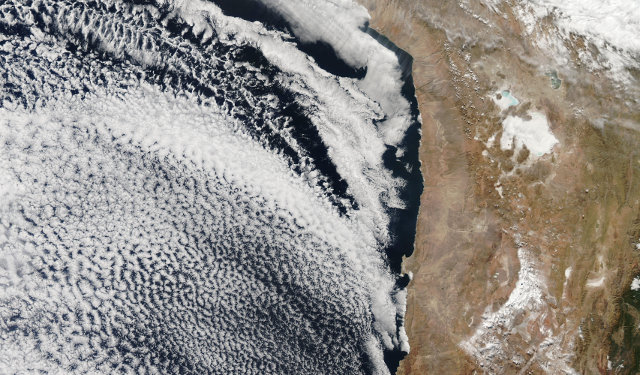
And this is how it looks now:
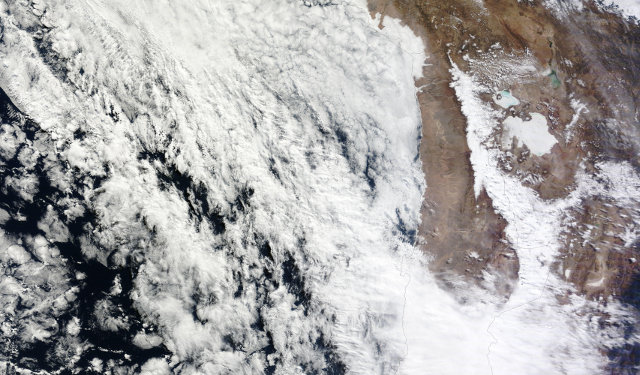 The South Pacific is on the left of the image and Chile and Argentina on the right.
The South Pacific is on the left of the image and Chile and Argentina on the right.
It’s difficult to differentiate between cloud and snow in the true-colour image above, but the false-colour image below makes the difference more obvious.
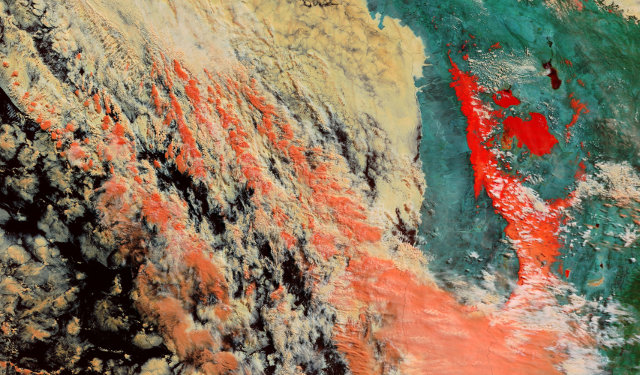
Areas covered in snow are bright white in the visible part of the spectrum and all the visible light detected by the camera in the second image is mapped to the red channel of the image. Ice is very absorbent in the shortwave infrared region that is mapped to the green and blue channels and therefore ice appears bright red.
SVK is a comic book written by Warren Ellis, drawn by Matt “D’Israeli” Brooker and published by BERG.
SVK’s unique selling point is that it contains two “layers” of story: the regular, black and white layer, and a hidden layer, visible only when the comic is viewed under ultraviolet light using the “Special Viewing Kit” of the title.
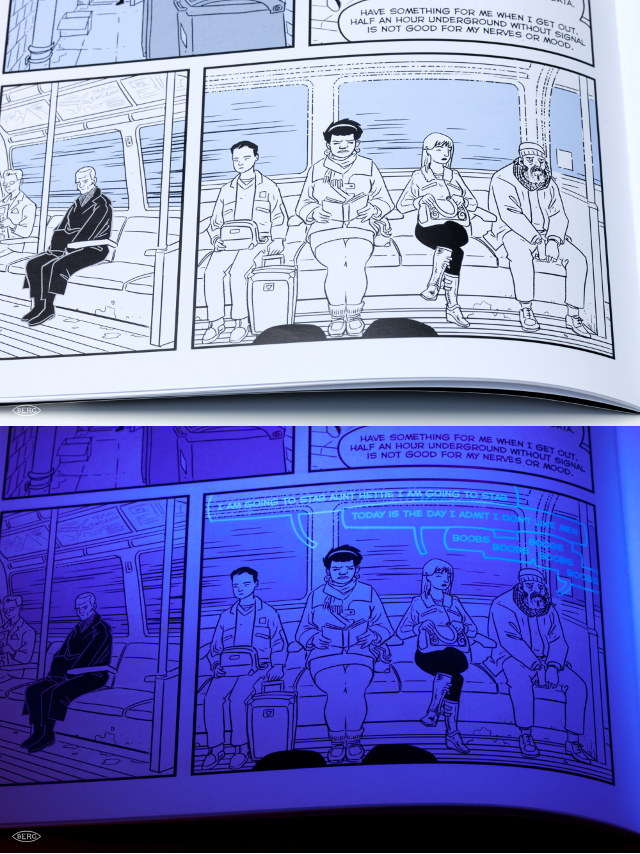
The human eye cannot see ultraviolet light* and therefore it cannot be correct that the ink used for the hidden layer is reflecting the ultraviolet light, in the same way as the normal layer reflects normal visible light.
When ultraviolet light hits the special ink used for the hidden layer the ink absorbs the invisible short-wavelength ultraviolet light and reemits it as longer-wavelength visible light, a process called fluorescence.
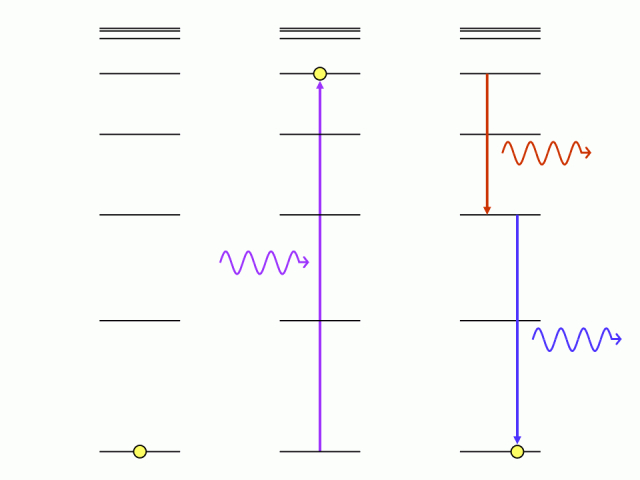
On the left, you see the electron in its normal “ground” state. It is then pushed into an excited state by an incoming ultraviolet photon, as shown in the middle diagram. Finally, on the right, it relaxes from this excited state by emitting two more photons, an invisible infrared one and a visible blue one. It is the visible blue photon that the eye sees.
* The familiar purple glow of ultraviolet lamps is a side effect of the production of UV; it is not the ultraviolet light itself.